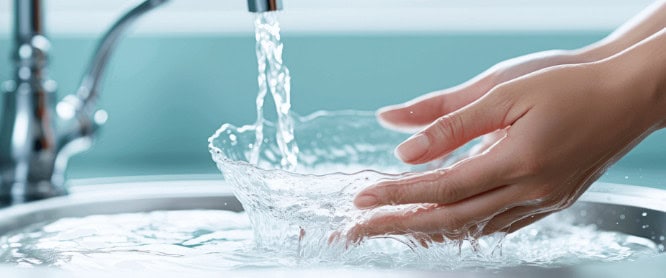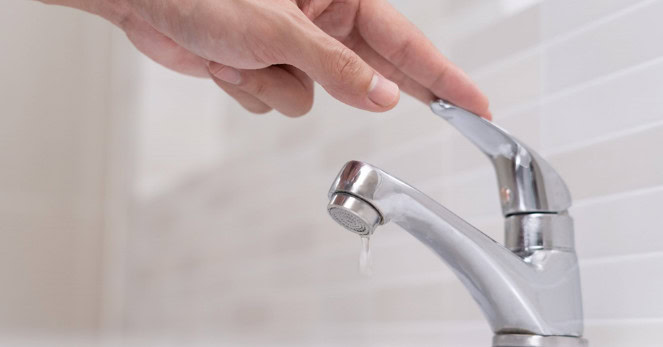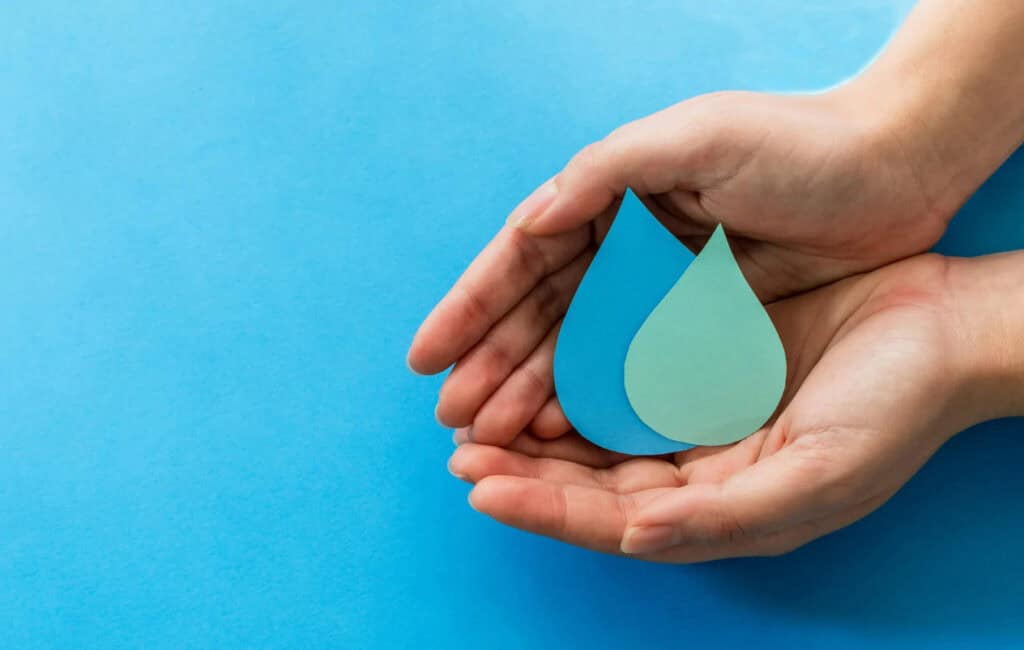Implementing a water conservation program in your office isn’t just eco-friendly; it’s a smart business move that can substantially lower costs.
Table of Contents
This article guides you through practical water conservation program steps to help your office save water, lower bills, and promote a sustainable workplace culture. Get ready to make a splash in savings and sustainability!

Assessing Current Water Consumption
The first step to effective water conservation is understanding your office’s water consumption. Water audits help identify areas in need of improvement and suggest customised improvement strategies.
Assess water bills to pinpoint peak consumption periods and look for leaks and inefficiencies in fixtures. Ask employees to report any water-related problems as soon as possible. Keep track of consumption patterns with online calculators and software.
Think about hiring a professional auditor to get a thorough assessment of the office’s water use. Contact utility comparison companies, like Utility Bidder, to see if there are better tariffs available for your business. There are government schemes with guidelines and financial support for audits.

Setting Clear Water Conservation Goals
If your office wants to lower its environmental footprint and reduce costs, it must set clear water conservation goals. These goals must follow the SMART criteria: Specific, Measurable, Achievable, Relevant, and Time-bound.
- Specific goals state exactly what must be achieved like lowering water use by a certain amount.
- Measurable goals let you track progress more effectively.
- Achievable goals guarantee they are realistic based on office capabilities and resources.
- Relevant goals align with the overall office objectives and its commitment to sustainability.
- Time-bound goals set a deadline for achieving results, which promotes accountability and urgency.
A realistic water conservation goal for your office is to lower water consumption by installing water-efficient fixtures like low-flow toilets and faucets. A good goal is to promote employee awareness through training and education.
This will encourage them to adopt water-saving behaviours like turning taps off when not in use and reporting leaks quickly. Water consumption must be monitored regularly and apply safety measures to tackle inefficiencies.
Set SMART goals for your office to lower water use effectively and support environmental sustainability.
Educating Employees on Water Conservation
There are various ways to raise water conservation awareness among employees, like company-wide emails or notice board announcements with conservation highlights. Share water scarcity statistics to emphasise the importance of individual participation.
You can have short presentations during team meetings that focus on the impact of water waste and the advantages of conservation. Encourage people to share conservation ideas and have discussions to create a sense of collective responsibility.
Share water-saving practices with employees using visual aids like posters placed in common areas to highlight important messages about water conservation ideas. Use emails and internal messaging systems to send regular reminders about easy actions employees can take to save water.
Think about dedicating an area on the company intranet for tips, resources, and success stories about water conservation. Urge department heads to lead by example and encourage water conservation within their teams.
Include water conservation subjects in employee training modules, accentuating the role of every person in reaching conservation goals. Use simulations and practical demonstrations to show the impact of water conservation practices in the office.
Offer incentives and reward employees who actively partake in water-saving initiatives. Host guest speakers and organise workshops to motivate ongoing learning about sustainability, including conservation and water management techniques.
Implementing Water-Saving Technologies
Offices can substantially lower their water use with water-saving technologies like sensor-activated fixtures, dual-flush toilets, and low-flow faucets. These technologies are perfect for offices trying to save water because they are designed to lower water consumption without affecting functionality.
There are many benefits to using water-saving technologies, like lowered water bills and minimised environmental impact. Offices that invest in these innovations will have lasting cost savings and a commitment to corporate social responsibility and sustainability.
There are factors you must consider when choosing water-saving technologies for your office. This includes office size, budget constraints, and consumption patterns. Do research, meet with experts, and focus on technologies that fit your specific needs and goals to increase effectiveness and return on investment.
Promoting Water-Saving Behaviours
Encourage people to take actions that are simple and effective, like reporting leaks quickly and turning taps off when not using them. These practices set the foundation for minimising water waste and can easily be included in daily routines.
Motivate employees with incentives and recognition programs. Think about rewarding teams and individuals who keep demonstrating water conservation efforts. Receiving recognition promotes a culture of awareness and motivates continued participation in conservation initiatives.
Office policies and procedures must include water-saving practices. There must be water consumption guidelines in employee training manuals and handbooks. Clear policies offer accountability and guarantee that conservation efforts remain a priority throughout the entire organisation.
Water Conservation Program Monitoring and Maintenance
It’s important that water conservation programs are regularly monitored and maintained. Water consumption and equipment performance must be assessed continuously so businesses can find areas of improvement and ensure their conservation efforts stay effective.
This is a proactive approach that permits enough time for any necessary interventions, like lowering water waste and increasing efficiency.
Routine maintenance schedules are vital to the success of water-saving equipment and technologies. Your office needs all water-saving investments to keep performing at their best and last as long as possible.
This is done through regularly scheduled inspections and maintenance tasks, such as calibrating fixtures and looking for leaks. This strategy lowers the risk of expensive repairs and ensures that water conservation measures stay effective over time.
It’s important to attend to any water-related problems that come up. This includes seeing to faulty equipment, looking for and fixing leaks, and rectifying any other problems that could add to water waste.
Offices must solve these issues quickly to stop unnecessary water loss and uphold the reliability of their conservation efforts. Proactive maintenance and swift problem-solving are vital to reaching long-term water-saving goals and fostering sustainability in the office.

Measuring Success and Celebrating Achievements
Offices must track water conservation progress to ensure their efforts continue to be effective. Applying strong monitoring systems lets them measure water consumption regularly. Spot areas for improvement, and make data-oriented choices.
Promote a culture of recognition and accountability among employees by sharing success stories and celebrating achievements. People who receive recognition for their water conservation support feel encouraged and are likely to continue their actions.
A successful water conservation program boosts a company’s reputation as a responsible corporate citizen. It also helps the environment by conserving crucial resources. Businesses that are committed to sustainability attract eco-conscious investors and customers and enjoy long-term success.
Implement Water Conservation Program Now!
Offices that implement water conservation programs can accomplish significant savings, support sustainability, and improve their corporate reputation. Take these actionable steps to lead your office towards a greener and more efficient future.



